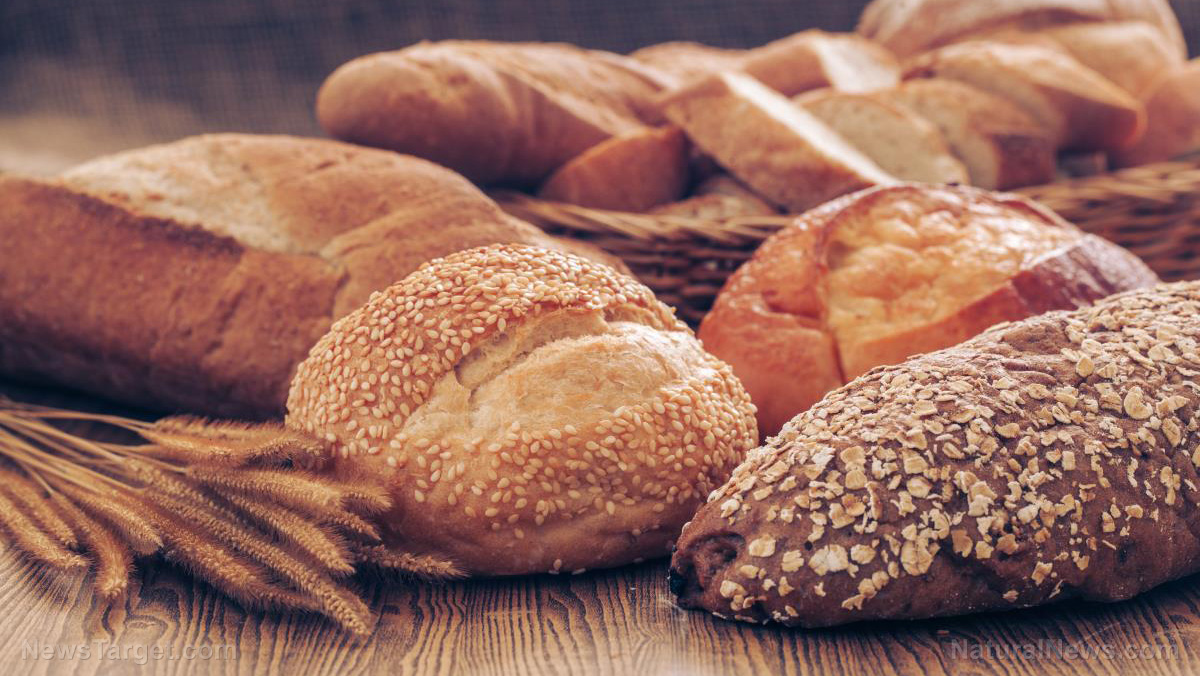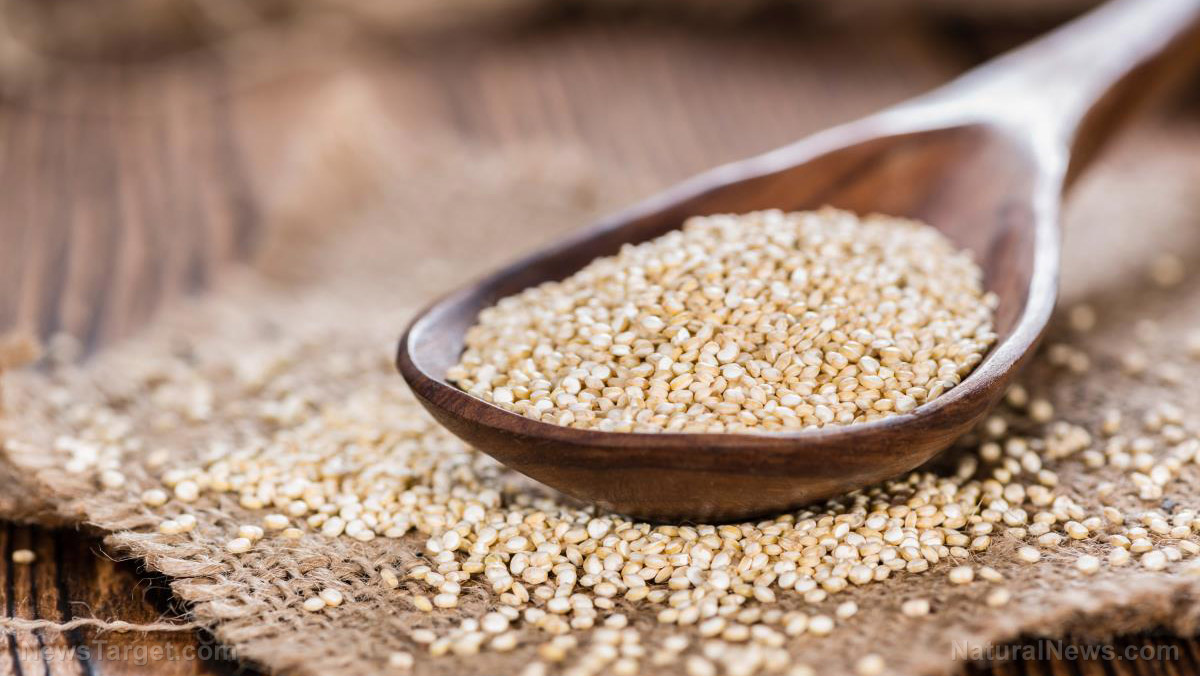Spring wheat crop collapsing to 33-year low
07/15/2021 / By Lance D Johnson

As dry conditions persist across the Northern Plains, the spring wheat crop continues to collapse, with projected yields falling to 33-year-lows. The spring wheat crop makes up approximately 25 percent of total U.S. wheat production. This valuable commodity is typically planted across the northern plains during the Spring and harvested late summer into early fall. The crop typically contains a higher protein content and is preferred in bread and pizza dough production. The Department of Agriculture (USDA) predicts only 345 million bushels of spring wheat will be produced this year- a drop of 41 percent compared to the previous year!
More than 20 percent of farmers could abandon their winter wheat, as crops dry up
Currently, only 16 percent of the U.S. spring wheat supply is rated as being in good to excellent condition against the five-year average, and the weather forecast doesn’t look promising going into the final months of summer. According to Kyle Tapley, senior agricultural meteorologist with weather agency Maxar, “below-normal rainfall” is expected in the northern plains in July and August with temperatures “slightly above normal.” He says the coming weather “should maintain stress on the spring wheat crop and continue to reduce its yields.” With the high heat, comes early crop maturity, reducing long-term yields. Due to the dry conditions, several farmers are considering abandoning their fields and give up on the crop altogether.
“In 1988, abandonment was 22% because so many fields had poor yield potential. I do not know if abandonment will be that high this year, but it does appear that it will be high,” said Arlan Suderman, chief commodities economist with StoneX. “Based on the current forecast, it would not surprise me to see abandonment reach 20% or more.”
Drought conditions threaten the winter wheat crop in the US and Canada
Rainfall over the past three months has been scarce, with precipitation totals reaching only 50 to 75 percent of their normal range. The U.S. is currently in a drought. The National Weather Service reports dry topsoil conditions across the northern plains, with the June 27 measurements showing moisture levels 60 to 160 mm below normal saturation.
The biggest impacts will be seen with bread and pizza dough, as prices rise to compensate for limited supply. The soaring U.S. wheat price will put more pressure on the food system as systemic inflation and rising energy prices continue their upward trend. The drought conditions are also impacting the Canadian prairies. Suffering under similar drought conditions, Canada is limiting the amount of spring wheat they can export to other nations. Because the U.S. and Canada export most of their wheat crop, import-dependent nations will take the brunt of the supply loss and ensuing price increases.
“The spring wheat production is a lot weaker than expected and has been heading south. There’s just nothing good to say about this spring wheat crop,” said Jack Scoville, analyst with the Price Futures Group in Chicago. “Wheat millers are going to pay, and so are we. The good news is that there’s only a few cents worth of wheat in each loaf of bread or package of cereal. But even so, it’s going to creep up,” Scoville warned.
Sources include:
Tagged Under: agriculture, bread, crop loss, drought, food shortages, food supply, inflation, price increases, winter wheat
RECENT NEWS & ARTICLES
FoodStorage.News is a fact-based public education website published by Food Storage News Features, LLC.
All content copyright © 2018 by Food Storage News Features, LLC.
Contact Us with Tips or Corrections
All trademarks, registered trademarks and servicemarks mentioned on this site are the property of their respective owners.





















